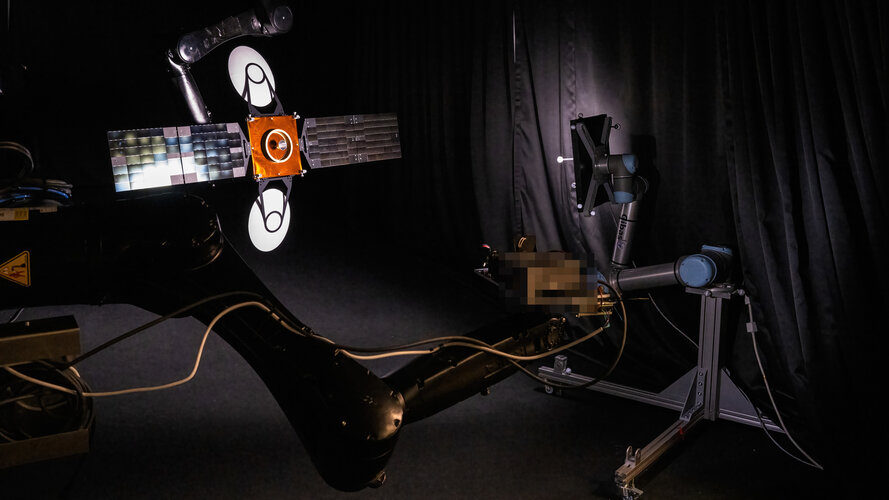Amidst the catastrophic aftermath of disasters, a glimmer of hope emerges as the European Space Agency (ESA) joins forces wiht the revered humanitarian organization, the Red Cross. Together, they embark on a mission to harness the transformative power of space technology for disaster management. this remarkable partnership promises to revolutionize our response to crises, bringing solace and rebuilding communities through the innovative use of space resources.
– Tracing Disaster Relief 4.0: Space and Humanity
By merging space technologies and humanitarian expertise,the Red Cross and European Space agency (ESA) are fostering Disaster Relief 4.0. This partnership harnesses the capabilities of earth observation satellites, telecommunication networks, and geospatial technologies to enhance disaster preparedness and response efforts. Space-based data aids in risk mapping, vulnerability assessment, and near real-time event monitoring.Timely facts and satellite imagery empower first responders and humanitarian organizations to make informed decisions, optimize resource allocation, and provide efficient assistance to affected communities. This collaboration demonstrates the transformative power of space exploration in safeguarding humanity during emergencies, showcasing the potential of international cooperation in building a more resilient future.
– Emergencies Unseen Ally: Space Technologys Impact
ESA and the Red Cross have joined forces to bring the power of space technology to disaster management, which can improve the response to any type of disaster. For instance, satellite imagery can provide a complete overview of the affected area, revealing the extent of damage to infrastructure, buildings, and natural resources. Other technologies can contribute to:
Communications: Satellites can restore communications in disaster-stricken areas, enabling relief workers to coordinate their efforts and communicate with survivors. GPS technology can definitely help locate people and assets in the chaos. Monitoring: satellite Earth observation (EO) data can monitor environmental changes, such as deforestation, urbanization, and water resources, which can definitely help prevent and mitigate disasters. By mapping vulnerable areas, relief organizations can better prepare for future events. EO data can also assist in damage assessment after a disaster.
* Early warning: Satellite technology can provide early warning of natural disasters, giving communities precious time to prepare. as a notable example, satellites can detect and monitor storms, tsunamis, and earthquakes, allowing authorities to issue timely warnings to potentially affected populations.
– Bridging the Gap: Space Innovation in Disaster Relief
The partnership between the European Space Agency (ESA) and the Red Cross has unlocked the potential of satellite technology in disaster response. The integration of space-based data, such as satellite imagery and Earth observation data, into disaster management systems provides crucial near-real-time information to humanitarian organizations.This collaboration combines the expertise of ESA in space technology with the Red Cross’s extensive network and experience in disaster relief. Together, they are leveraging space-based assets to improve situational awareness and inform decision-making, ultimately enhancing the effectiveness and efficiency of disaster relief efforts.
| Disaster Type | ESA Space Technology Applications |
|—|—|
| Earthquakes | structural and ground damage assessment |
| floods | Water extent and damage mapping, flood risk modeling |
| Wildfires | Fire detection, smoke plume tracking, burn scar mapping |
| Droughts | Crop water stress monitoring, drought forecasting |
| volcanic Eruptions | Ash plume extent, hazard mapping |
| Epidemics | Population movement monitoring, health surveillance |
The Conclusion
in the expanding realm where innovation meets humanitarianism, the ESA and Red Cross partnership stands as a beacon of hope. By harnessing the transformative power of space technology, they unveil a future where disasters are met with swift and effective responses. As we embrace these extraordinary leaps, we bear witness to a world where space and compassion converge, offering unwavering support to those in dire need.

